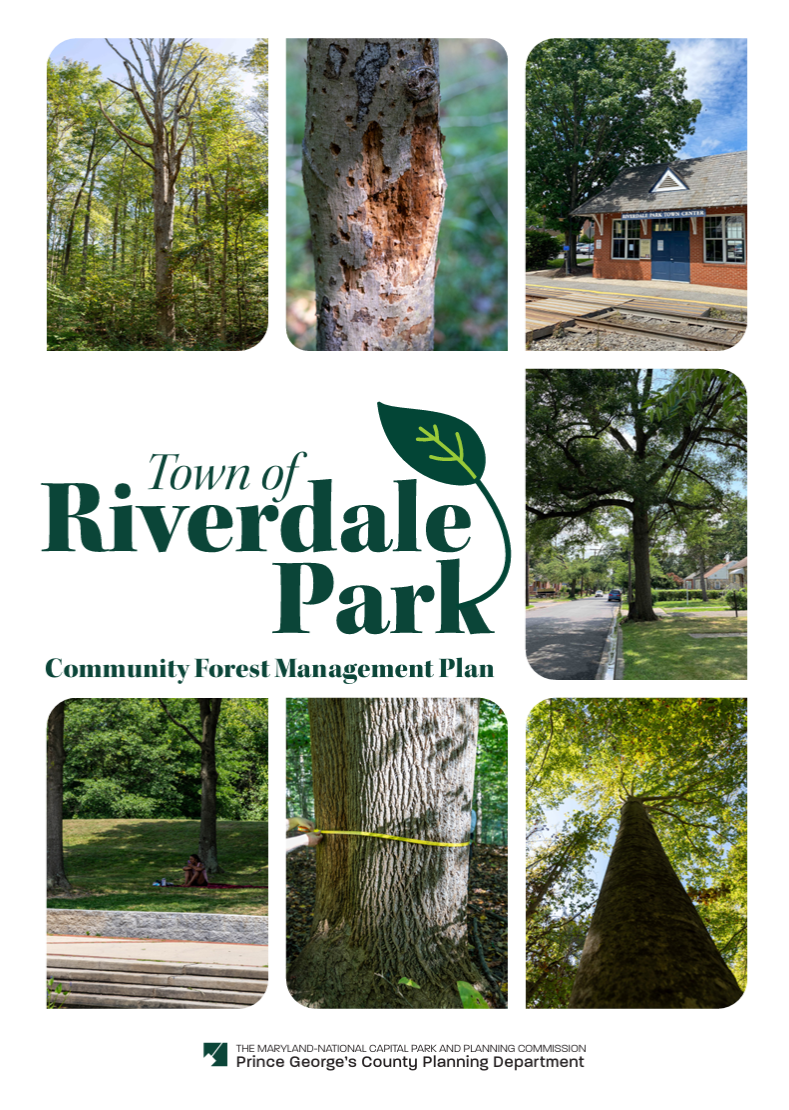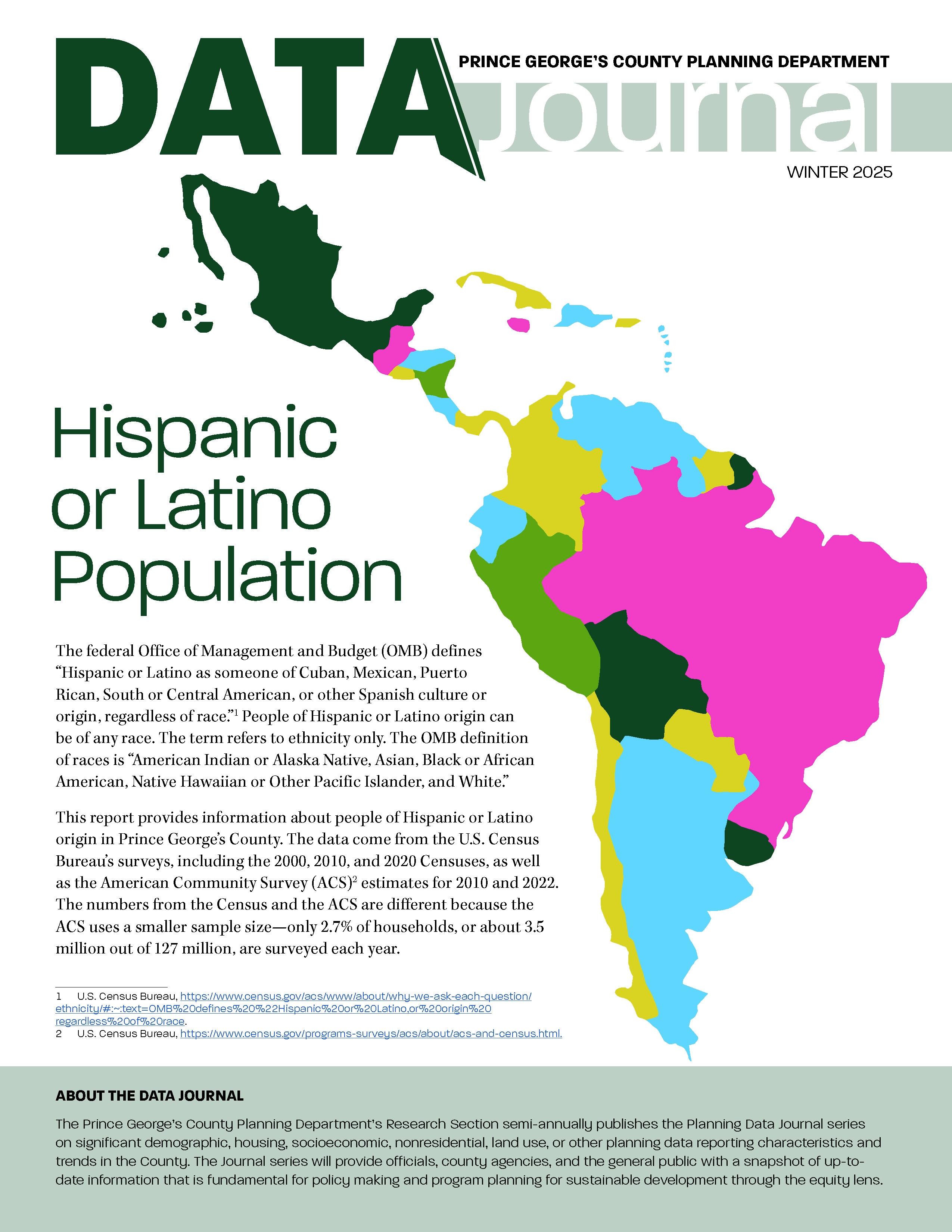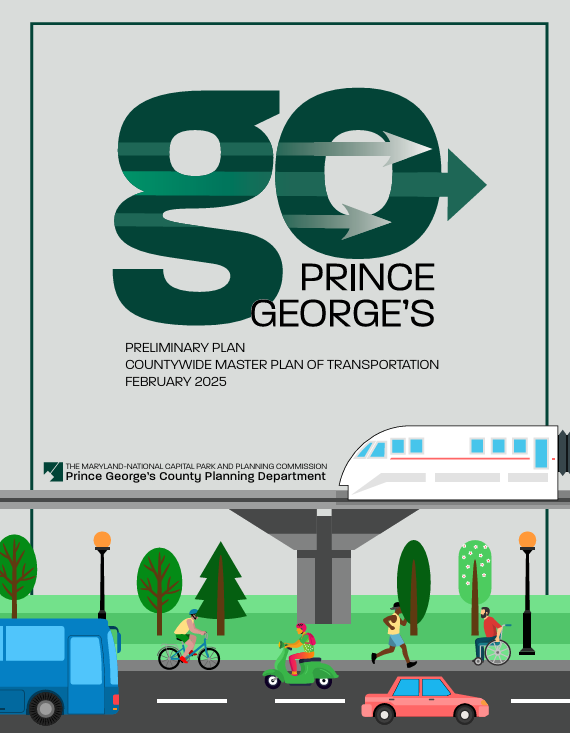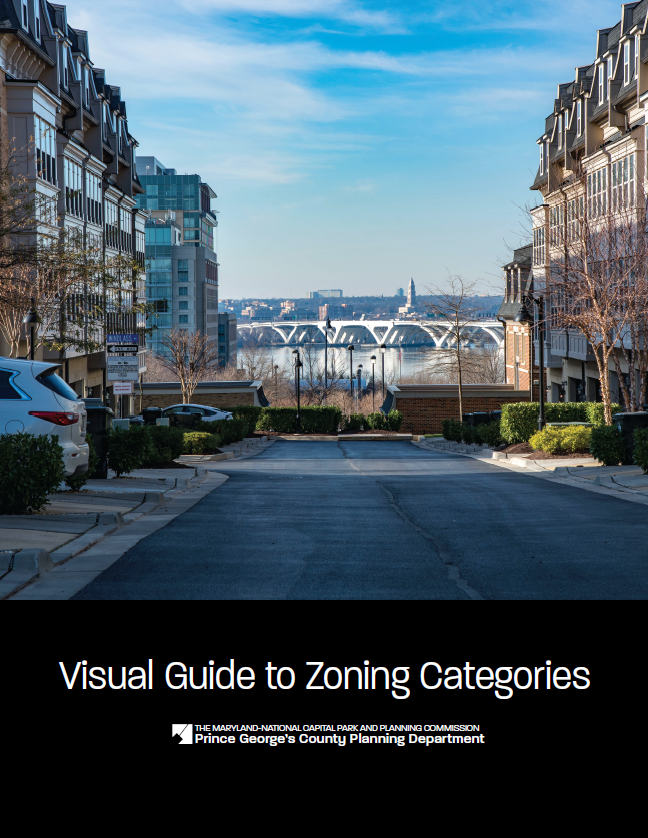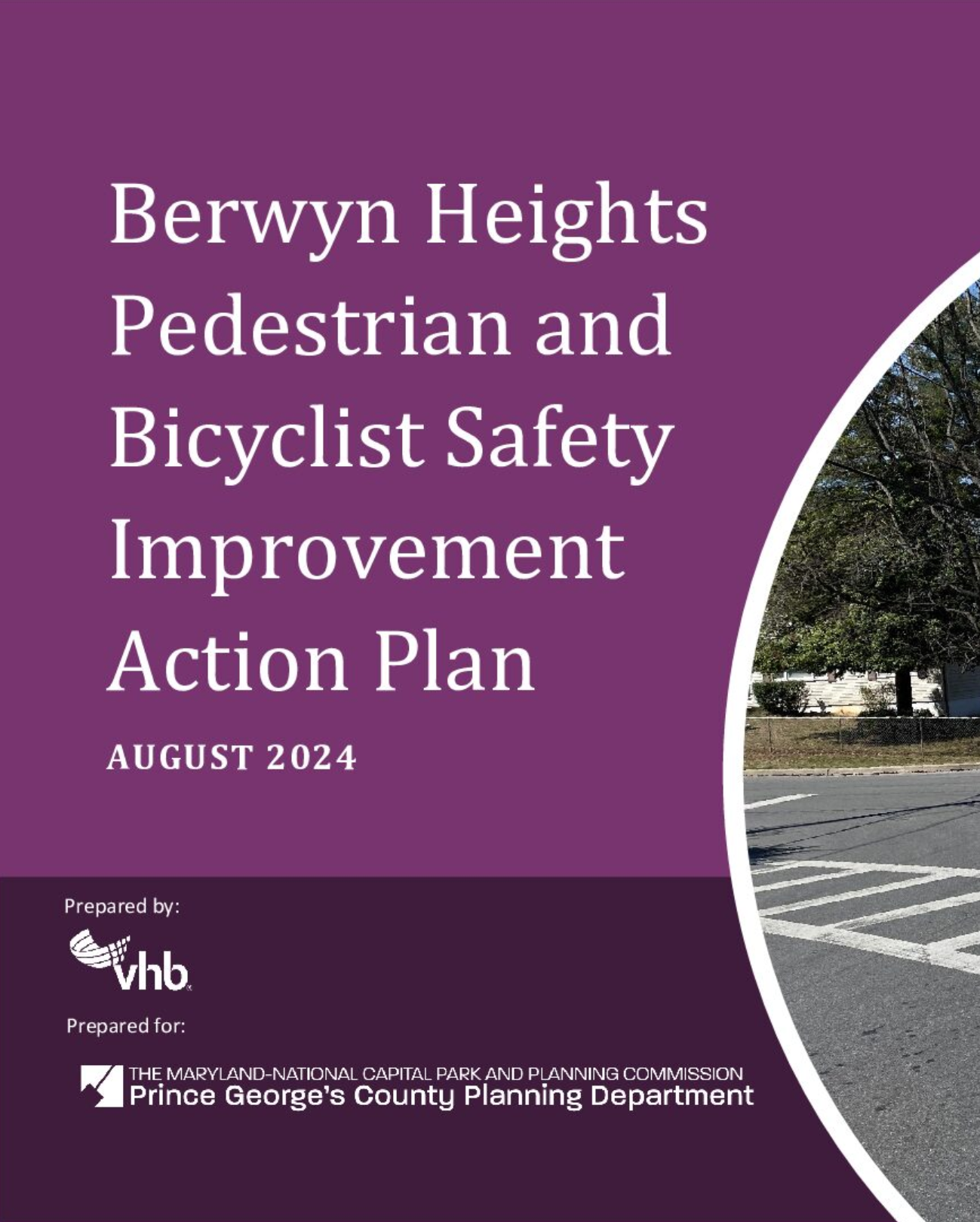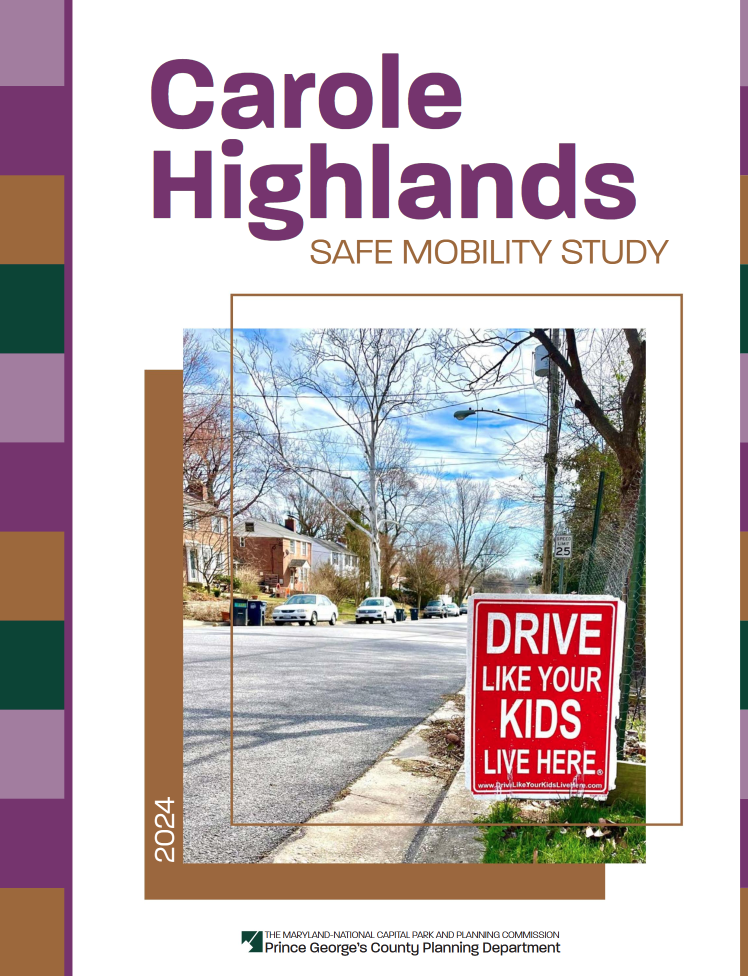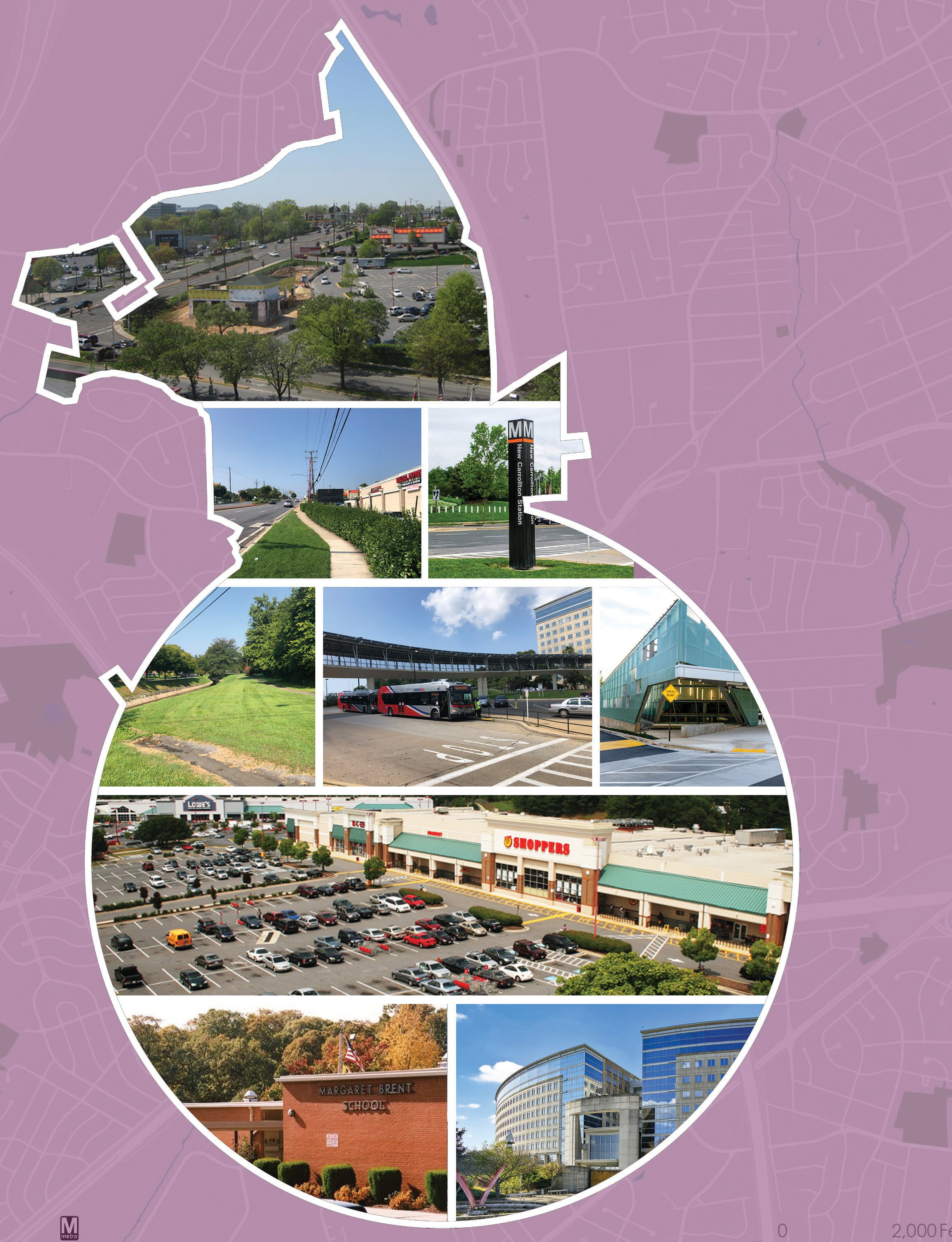Publications
Native Plants of Prince George's County, Maryland 1997-1998
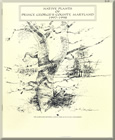
Title:
Native Plants of Prince George's County, Maryland 1997-1998
Author:
The Maryland-National Capital Park and Planning Commission
Publication Date:
01/01/1998
Source of Copies:
The Maryland-National Capital Park and Planning Commission
14741 Governor Oden Bowie Drive
Upper Marlboro, MD 20772
Number of Pages:
22
The Natural Resources Division of The Maryland-National Capital Park and Planning Commission encourages the planting of native species for reforestation, afforestation and landscaping projects. To facilitate this goal, we have compiled this list of native plans and their characteristics. As you use the list please feel free to contact us with comments and questions.
Related Documents:
Greenbelt Historic District Study
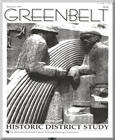
Title:
Greenbelt Historic District Study
Author:
The Maryland-National Capital Park and Planning Commission
Prince George's County Planning Department
Publication Date:
04/01/1994
Source of Copies:
The Maryland-National Capital Park and Planning Commission
14741 Governor Oden Bowie Drive
Upper Marlboro, MD 20772
Number of Pages:
70
This report summarizes the findings of a citizens’ study committee brought together to explore various methods of recognizing the significance of the planned community known as “Old Greenbelt.” The primary work of the study committee was an examination of the pros and cons of local historic district designation as a means of protecting community character. The study area included those portions of the present-day City of Greenbelt currently listed as an Historic District in the National Register of Historic Places. The study committee included representatives of Greenbelt Homes, Inc., private single-family property owners, members of the City of Greenbelt Advisory Planning Board, and representatives of owners of private, multifamily dwellings. Old Greenbelt is that portion of the present-day City of Greenbelt, designed and constructed as a self-sufficient “new town” between 1935 and 1941; one of three such communities built under the Green Towns Program of the Federal government’s Resettlement Administration. Greenbelt is distinguished as the most complete and, more than 50 years later, as the most intact of the Green Towns. As the first American location where the pioneering tenets of the English community planner, Sir Ebenezer Howard, were fully realized, Greenbelt has been the subject of considerable study and served as a model of community planning since before its completion. This report is divided into five primary sections: the Significance of Greenbelt, Existing Regulatory Framework, Goals and Recommendations, Historic District Implementation, and Recommended Course of Action. The report includes a background history of the design and development of the community and a description of its physical character. It includes summaries of planning and land use policies, regulations and designations currently in place. It also includes potential boundaries for a locally designated historic district and a set of design review guidelines for administering such a district. The report also outlines a recommended course of action for the pursuit of a local historic district. The report is supplemented with photographs, charts and maps.
Related Documents:
Mount Rainier Pattern Book
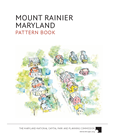
Title:
Mount Rainier Pattern Book
Author:
The Maryland-National Capital Park and Planning Commission
Prince George's County Planning Department
Publication Date:
06/01/2018
Source of Copies:
The Maryland-National Capital Park and Planning Commission
14741 Governor Oden Bowie Drive
Upper Marlboro, MD 20772
Number of Pages:
108
This pattern book is part of an effort to ensure additions, major renovations, new infill housing, and development respect the historic context, architectural character, and scale of Mount Rainiers established neighborhoods. The book serves as a resource for the community, homeowners, architects, contractors and builders, design review committee members, municipal reviewers, elected officials, and others interested in the history of Mount Rainier. Its purpose is to illuminate local building skills and traditions that abounded during the city’s early history and help Mount Rainier sustain the harmony and character of its buildings within their unique context.
Related Documents:
Greenbelt Historic District Draft Design Guidelines
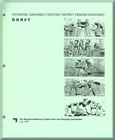
Title:
Greenbelt Historic District Draft Design Guidelines
Author:
The Maryland-National Capital Park and Planning Commission
Prince George's County Planning Department
Publication Date:
01/01/1997
Source of Copies:
The Maryland-National Capital Park and Planning Commission
14741 Governor Oden Bowie Drive
Upper Marlboro, MD 20772
Number of Pages:
160
This document uses text and illustrations to describe the goals, concepts and guidelines of the local historic district designation process as they would affect a potential historic district focused on the planned community of Greenbelt. The document is divided into three parts. Part I of the document provides background information that addresses basic procedural questions about the purpose, function and procedures of a potential Greenbelt historic district. Part I also contains a number of recommendations regarding a potential locally designated Greenbelt Historic District including a boundary proposal and map, and a potential design review process. Part II contains an analysis of the historic and architectural significance of the planned community that is the basis for the potential district. Part III contains a set of design guidelines that could be used in the administration of an historic district.
Mount Rainier Historic District National Register Nomination
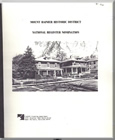
Title:
Mount Rainier Historic District National Register Nomination
Author:
The Maryland-National Capital Park and Planning Commission
Prince George's County Planning Department
Publication Date:
06/01/1989
Source of Copies:
The Maryland-National Capital Park and Planning Commission
14741 Governor Oden Bowie Drive
Upper Marlboro, MD 20772
Number of Pages:
147
This publication documents the architectural and physical character and significance of 1,152 buildings within the Mount Rainier National Register Historic District. The nomination’s two primary sections, Description and Statement of Significance, are annotated, and illustrated with photographs and maps. ‘. The Mount Rainier Historic District is significant as an early, large – and essentially intact example of the type of suburban community that changed the character of western Prince George’s County in the early years of the 20th century. The historic district is also significant for its large and diverse collection of vernacular dwellings and commercial buildings erected between c. 1900 and 1939. Most of the district’s buildings are modestly scaled, detached, single family, frame houses. Throughout the district, buildings were erected with both subtle and substantial differences. These differences represent the evolution and diversity of vernacular design throughout the early years of the 20th century. In addition, there is an important group of five revival style churches designed by local architects. At least one of the churches is the work of a firm nationally known for its ecclesiastical buildings. The district’s period of significance, 1900 to 1939, represents a time of substantial suburban growth for the western portion of Prince George’s County as part of the Washington, D.C., metropolitan area.
Download not available.
Document not available for download.
Greater Chillum Community Study
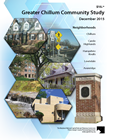
Title:
Greater Chillum Community Study
Author:
The Maryland-National Capital Park and Planning Commission
Prince George's County Planning Department
Publication Date:
12/01/2015
Source of Copies:
The Maryland-National Capital Park and Planning Commission
14741 Governor Oden Bowie Drive
Upper Marlboro, MD 20772
Number of Pages:
180
This study was initiated to investigate the needs of the Greater Chillum Community and prepare guidance to assist Prince George’s County and The Maryland-National Capital Park and Planning Commission with implementation approaches. The study area is located in an unincorporated region of Prince George’s County, east of the City of Takoma Park (Montgomery County), south of Langley Park, west of the City of Hyattsville, and north of the District of Columbia. The project concentrates on developing a comprehensive list of needs and improvement strategies with an emphasis on defining and facilitating neighborhood conservation, pedestrian safety and access, and commercial revitalization strategies and programs.
Walker Mill Community I - Recreational Facilities Study
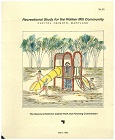
Title:
Walker Mill Community I - Recreational Facilities Study
Author:
The Maryland-National Capital Park and Planning Commission
Publication Date:
03/01/1995
Source of Copies:
The Maryland-National Capital Park and Planning Commission
14741 Governor Oden Bowie Drive
Upper Marlboro, MD 20772
Number of Pages:
76
The project is designed to assist in the provision of safe recreational opportunities for young people in the Foxglenn, Joel and Walker Mill Gardens apartments areas.
Related Documents:
Victorian Pattern Book Houses in Prince George's County
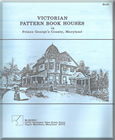
Title:
Victorian Pattern Book Houses in Prince George's County
Author:
The Maryland-National Capital Park and Planning Commission
Prince George's County Planning Department
Publication Date:
04/01/1988
Source of Copies:
The Maryland-National Capital Park and Planning Commission
14741 Governor Oden Bowie Drive
Upper Marlboro, MD 20772
Number of Pages:
84
This study will concentrate on the Victorian pattern-book house plans of R.W. Shoppell and their use in Prince George’s County, Maryland; it will serve as an introduction to the recent survey of Sears houses in the same area of the County. It is part of the on-going research projects of the Prince George’s Historic Preservation Commission, implemented by the Planning Department of the Maryland-National Capital Park and Planning Commission with a matching grant from the Certified Local Government Program of the Maryland Historical Trust.
Document not available for download.
Upper Marlboro Town Action Plan
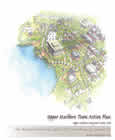
Title:
Upper Marlboro Town Action Plan
Author:
The Maryland-National Capital Park and Planning Commission
Prince George's County Planning Department
Publication Date:
09/01/2009
Source of Copies:
The Maryland-National Capital Park and Planning Commission
14741 Governor Oden Bowie Drive
Upper Marlboro, MD 20772
Number of Pages:
200
The Upper Marlboro Town Action Plan comprises text, maps, illustrations, and pictures. Developed with broad public participation, including a citizen’s advisory committee in addition to outreach to the general citizens and business community, this document presents background information and recommends goals, strategies, and action pertaining to land use, parks and recreation, transportation, trails, public facilities, historic preservation.
Related Documents:
 A-Front Matter
A-Front Matter
 B-Introduction
B-Introduction
 C-Listening and Examining
C-Listening and Examining
 D-Population Land Use and Zoning
D-Population Land Use and Zoning
 E-Urban Design and the Public Realm
E-Urban Design and the Public Realm
 F-Urban Design Continued
F-Urban Design Continued
 G-Transportation and Infrastructure
G-Transportation and Infrastructure
 H-Historic Preservation
H-Historic Preservation
 I-Economic Development
I-Economic Development
 J-Economic Development Continued
J-Economic Development Continued
 K-Public Finance and Intergovernmental Coordination
K-Public Finance and Intergovernmental Coordination
 L-Implementation Strategies
L-Implementation Strategies
 M-Conclusion
M-Conclusion
 N-Appendix 1
N-Appendix 1
 O-Appendix 2
O-Appendix 2
 P-Appendix 3
P-Appendix 3
 Q-Appendix 4
Q-Appendix 4
 R-Appendix 5
R-Appendix 5
 S-Appendix 6
S-Appendix 6
Glenarden: The Past in Perspective

Title:
Glenarden: The Past in Perspective
Author:
The Maryland-National Capital Park and Planning Commission
Prince George's County Planning Department
Publication Date:
10/01/1995
Source of Copies:
The Maryland-National Capital Park and Planning Commission
14741 Governor Oden Bowie Drive
Upper Marlboro, MD 20772
Number of Pages:
29
This report summarizes the history and development of the Town of Glenarden, the forms a companion piece to the marketing quested by the municipality. It was produced by the Historic Preservation Section of Department through the Planning Assistance to Municipalities and Communities which produced the marketing brochure. The report consists of a brief history of the Glenarden community, beginning with construction of the Washington, Baltimore and electric railroad in 1908, and the subdivisions which followed in 1911 and 1913. It explains the beginnings of Glenarden in the context of other African-American communities developing during the same period, and gives a demographic profile of the new community in 1920. The report is supplemented by plats dating from 1940, as well as a transcription of Population Census for Glenarden in 1920.

